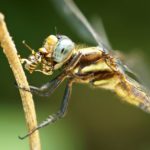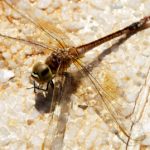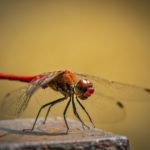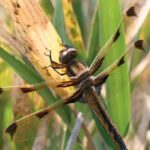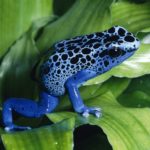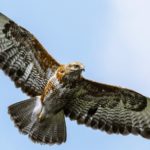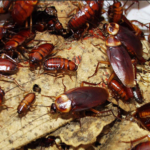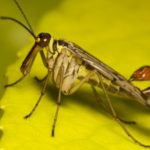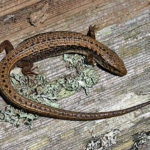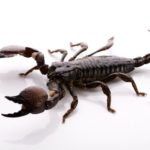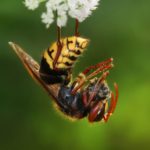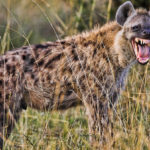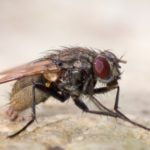22 interesting and fun facts about dragonflies
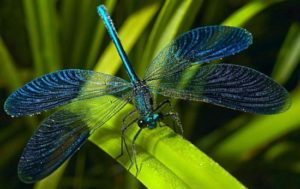 Swift winged predators, dragonflies, look like some kind of futuristic helicopter. Nature ideally adapted them for one purpose – to hunt, swiftly attack and quickly tear prey to pieces. We are fortunate that they are all compact in size, and among them there are not any gigantic species that can be dangerous to humans.
Swift winged predators, dragonflies, look like some kind of futuristic helicopter. Nature ideally adapted them for one purpose – to hunt, swiftly attack and quickly tear prey to pieces. We are fortunate that they are all compact in size, and among them there are not any gigantic species that can be dangerous to humans.
They are able to see both in the normal visual spectrum and in the ultraviolet.
Despite the fact that dragonflies flap their wings slower than many other insects (about 30 strokes per second), they fly very fast and change their direction of movement with lightning speed, so their victims have almost no chance of escape from them.
The facet-like structure of a fly, the dragonfly’s eyes are unique. It allows them to focus on specific prey, even if it is a tiny midge surrounded by hundreds of relatives.
Only the lower part of the eyes of a dragonfly distinguishes colors, while their upper segments see everything in a black and white spectrum. However, they still see colors differently, not at all like us.
In Japanese culture, dragonfly symbolizes fearlessness and courage.
The life span of dragonflies after development from the previous phase, imago, varies depending on the species. Some of them live long and some others last only a few weeks.
Dragonfly larvae live in the water. Adult dragonflies lay eggs on the leaves of aquatic plants, and the larvae hatch from the eggs and fall down.
Dragonflies sometimes sit somewhere, but they do it extremely rarely. Most of their lives they fly without feeling tired.
They actively hunt mosquitoes, which are easy prey.
Dragonflies usually tear their prey to pieces and devour it in a matter of seconds after capture.
The world’s first dragonfly reserve appeared in the UK in 2009.
Dragonfly larvae can live in fresh water as well as in salt water without problems.
Passing the life cycle “larva – imago – dragonfly”, this insect sheds up to seventeen times.
Dragonfly larvae carried out in water up to two years before you get out on the land and move to the next phase of life.
The unique eyes of these insects consist of almost 30 thousand segments, and the viewing angle of a dragonfly just does not reach a circular 360 degrees.
Some dragonflies, like migratory birds, migrate over considerable distances. One of their species, the ginger vagabond, is in this regard the champion among all insects, overcoming the distance of 6-7 thousand kilometers during migration.
Unlike most other “flyers”, dragonflies can fly in any direction, at least to the side, at least forward, at least backward.
All dragonflies have four wings, and each of them can control this insect separately.
Their jaws are razor sharp. But they are too small to bite a person.
In nature, dragonflies live on all continents except Antarctica.
On average, every year, scientists discover about twenty new species of dragonflies. In total, more than 6.5 thousand species are now known.
On average, only one in twenty dragonfly attacks is unsuccessful.

